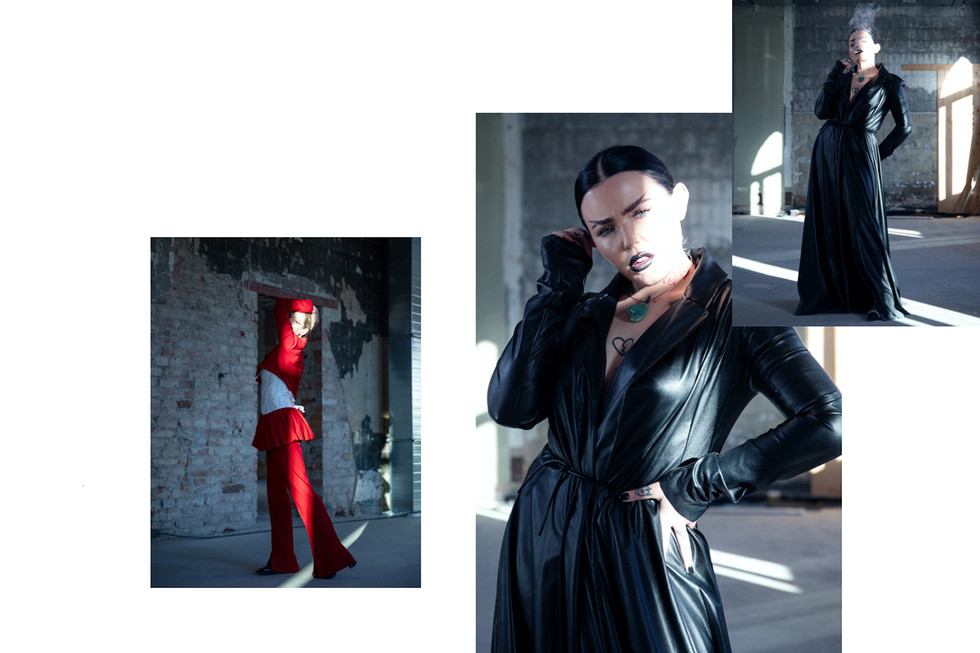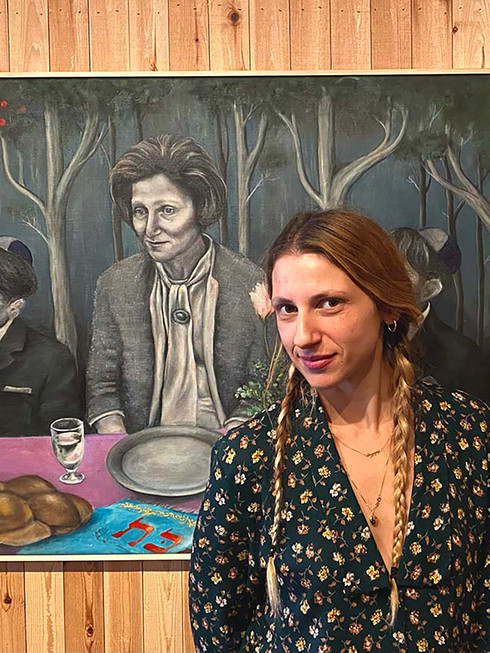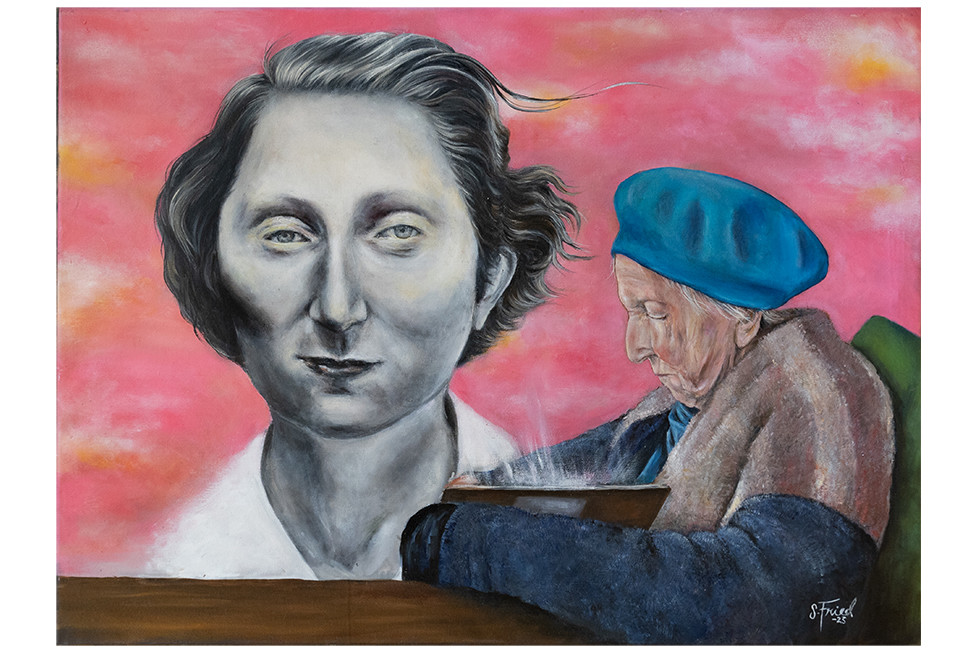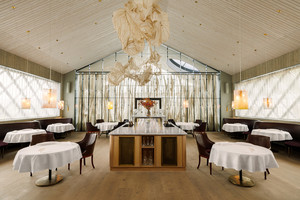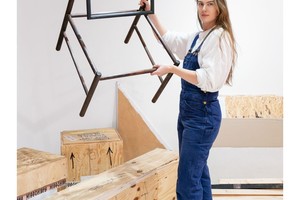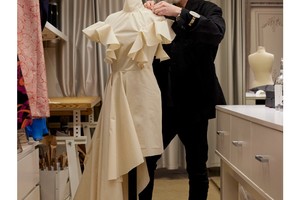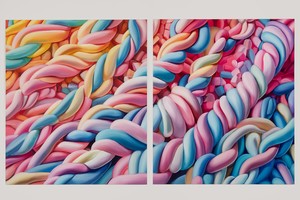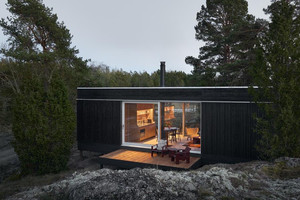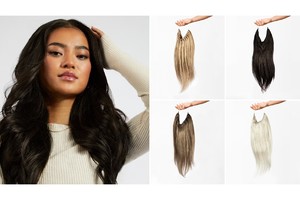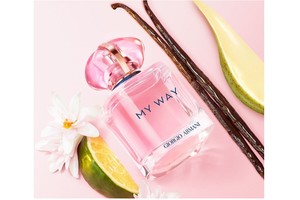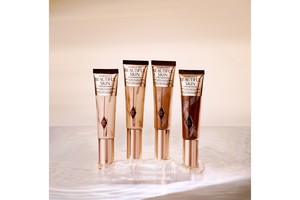All or Nothing: The Emotional Worlds of Veronica and Miriam
Written by Natalia Muntean by pariBoth Miriam and Veronica admit there was never a Plan B. “If you have a wide emotional range, or if you always have a broken heart, you need to get the emotions out,” says Miriam. And writing did that for her. It was the same for Veronica. She felt like she had no choice and knew she wanted to write “in some form or another” early on.
There is no need to introduce Veronica Maggio and Miriam Bryant. With almost 17 years of writing, producing, and singing, Veronica has become an institution of Swedish pop music. Miriam debuted over 11 years ago, since then becoming one of the most recognizable voices in Sweden.
I met them at the end of a long shooting day and tried to probe into their creative universes. Miriam explains that the lyrics were always the starting point for them as artists, “then came the singing.” Writers first, singers second.
Broken-hearts Club no more
I’m always interested in how collaborations come about, so I ask how theirs started. Veronica tells me that four years ago they worked together on one song for Miriam’s album, and after that they wanted to write more songs together. “I liked this one too much, and I wanted to get in on the action,” Veronica says about “Under någon ny,” an exploration of what it feels to be the heartbreaker instead of the broken-hearted one. “We’re both very dramatic when it comes to heartbreak and relationships. But you forget the times when you’re the heartbreaker,” Miriam explains. The song is a departure from the heartbreak theme both of them felt they had been stuck in for too long. It seemed tempting to be the villain for once and take ownership of all the hearts they’d broken. “There’s a lot of power in being honest about the things that you’ve done,” says Veronica.
The single was released together with a 30-minute musical drama - a collaboration with renowned director Jonas Åkerlund. “We never thought he would have the time, but we were so happy that he wanted to work with us,” says Miriam. The result is a unique production highlighting the mix of their artistic visions.
But the two household names of the Swedish music scene aren’t content to stop at a duet and a musical drama. Miriam and Veronica are currently working on a joint tour consisting of seven shows that will start at the end of July in Göteborg. With fifteen musicians combined, the tour promises to be an exciting and unique experience for fans. “We wanted to do something nobody else had done before,” Veronica says of their intention to show case both their individual hits and their collaborative work. “So it’s not like you’re going to see us at a festival - your set first and then mine. Where’s the fun in that? We’re going to mash them together.”
Balancing two suns
As I listen to them talk and laugh, it appears they share a deep creative bond driven by a mutual desire to push boundaries. “We both always want to go bigger and bigger and bigger,” says Veronica. “And there’s no one there to stop us. But it’s so much fun.” I wonder how they find a balance between their visions in such a partnership and in an industry known for pitting female artists against each other. “We don’t have to balance our individual creative visions, it just happens,” Miriam explains. “We have found a very natural organic balance between the two of us. That’s why it’s so fun.” Veronica agrees, “We like each other’s ideas, too, and bounce off each other a lot. When I have nothing, she always has something and the other way around.” The two artists credit the easiness of their collaboration to shared motivation and deep respect for each other’s creativity. “There’s never been a forced moment between us,” says Miriam. We’re both motivated by the same emotions when we’re in the studio and also when working on the music video or the tour.” But sometimes collaborations can be double-edged swords. On the one hand, it can create powerful synergies, and on the other, it can also be fraught with ego clashes and creative disagreements. I am curious if they have experienced these moments within their duo and how they handle them. “Sadly, this can happen. You can feel bad about yourself when you see the other person, but that might be because you are not okay with yourself. You don’t notice these things when you are the only star around and everybody looks only at you,” says Veronica. Miriam adds that jealousy towards someone you like is never about the other person, and that these situations can help you become “aware of your fears and grow.” Their ability to communicate is the key to overcoming such pangs of jealousy. “Veronica always notices if I’m down and the other way around. So we’ve had talks when one of us was feeling negative, and it’s a good thing. It’s like having a colleague to share with and understand what it feels like to have all that pressure when there’s a job to be done,” says Miriam. Veronica adds, “It will be nice when we’re playing live to be like a little team.”
The highs and lows of being an artist
I am eager to understand how they perceive each other, their similarities and differences. “In terms of our visual narrative, the focus has been on highlighting our differences. The darkness in me and the light in Veronica,” says Miriam. “But that’s because of our hair,” laughs Veronica. “We have many similarities. We’re both all-or-nothing people,” says Miriam. My curiosity gets the best of me and I can’t help but ask about their star signs. “We are both Pisces,” they say. Miriam adds with a smile, “I have to sacrifice myself for everyone else all the time.” This is when I get my explanation for the emotional highs and lows Veronica describes and why she says they are “a couple of moody bitches.”
I ask about the impact they hope to make on the industry, and Veronica admits that she never focused on making a big splash. Instead, her aim has always been to create something original and fresh that she hasn’t done before. Miriam adds that, for her, the creative process is also about having fun and trying out new things. Some artists write to express themselves and their emotions, while others use their words to inspire and connect with their listeners. For this musical duo, writing is a way to process their emotions with no expectation of imparting wisdom to their audience. I'm interested in what the two artists think of this process. “I never think about anyone else when I write. There is a part of me who wants to tell stories and get them on paper, but there’s never any wisdom I want to share,” says Miriam.
For inspirations, both tend to look beyond the realm of music. Veronica enjoys finding inspiration in art shows, as it allows her to create something that feels unique and original, rather than copying someone else’s work. Miriam is inspired by poetry, old books and “dickhead, asshole, psycho boyfriends.” “Never kiss a writer,” she jokes, adding that by writing about these experiences, she takes ownership and processes her emotions in a healthy way.
The more we talk, the clearer it becomes that for both Veronica and Miriam, the creative process is a journey of self-discovery combined with the need to express feelings. A form of exorcism, if you may. I ask about the best thing about being an artist, and Veronica gushes about the pure joy and sense of fulfilment that comes with pursuing one’s passion - “You get to have so much pure fun! There’s the feeling of fulfilment and validation, and also you have a lot of freedom. It’s a great job to have!” Miriam shares Veronica's sentiments about how fun it is to be an artist, and how great it is to be in a position “when you get to pinch yourself a lot.
But with freedom comes pressure. “You could do this or this or this - so what do you choose?” Veronica tells me, hinting at the paradox of choice that comes with being an artist. Or human, actually. “Sometimes I look at what I’ve done and think ‘this is what you chose?’ You could have made cooler and bolder choices. At times I kick myself for not making weirder choices.” I mention that it’s never too late to make those bold choices, even though I am not completely certain I believe what I am saying. “True, but you can never introduce yourself a second time,” she replies.
Our conversation turns towards the future and I ask what’s next for them. Veronica jokes that she’ll be stalking Miriam, who in turn shares her plans for an upcoming album. “I haven’t completed it yet, so Veronica will have to help me.” For Veronica, there’s pitch blackness after the tour. “I don’t know what’s going to happen next, but I’m excited about the possibilities.”




